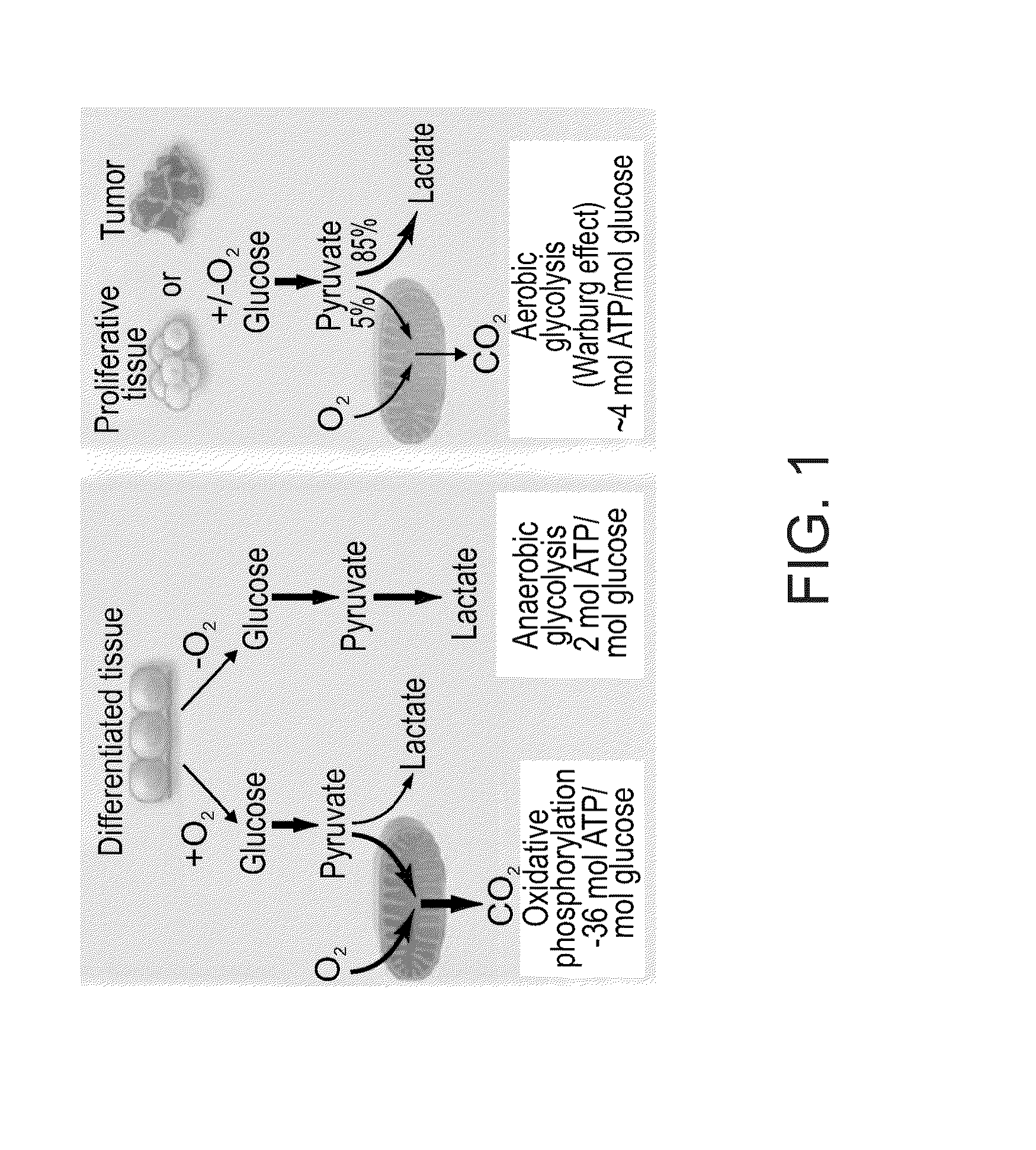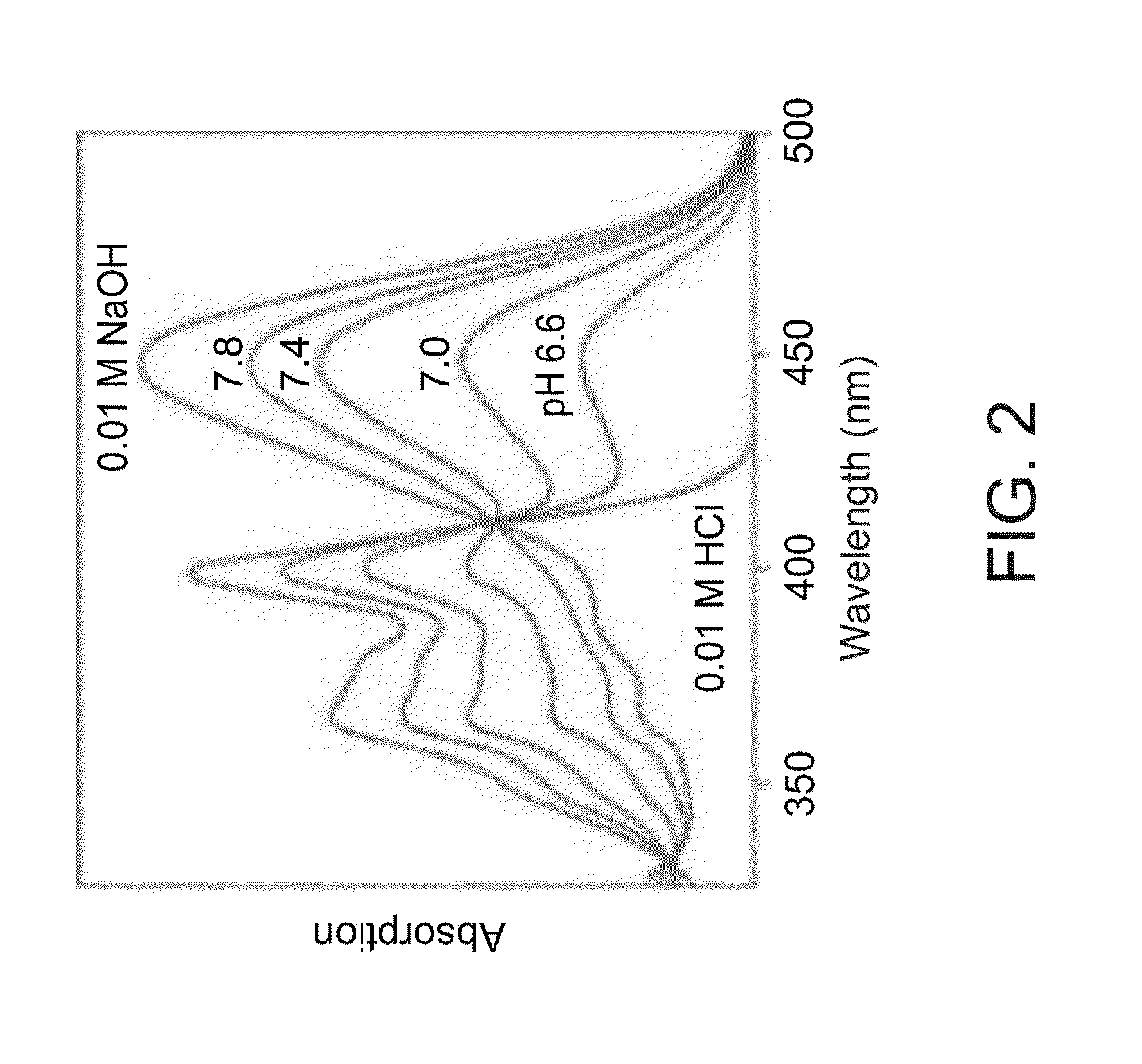Methods of monitoring and analyzing metabolic activity profiles diagnostic and therapeutic uses of same
a metabolic activity and metabolic activity analysis technology, applied in the direction of immunological disorders, instruments, drug compositions, etc., can solve the problems of cumbersome and expensive methods, early detection and staging of treatment, and only effective diagnostic methods
- Summary
- Abstract
- Description
- Claims
- Application Information
AI Technical Summary
Benefits of technology
Problems solved by technology
Method used
Image
Examples
example 1
Experimental Procedures
[0209]A. Blood Donors Requirement and Blood Collection by Medical Experts
[0210]Blood samples were collected in Vacutubes 9 ml with EDTA (Greiner Bio-One 455036). The study was approved by the institutional Review Boards at the Sheba Medical Center (Ramat Gan Israel) and the Israeli Ministry of Health, (Helsinki Approval number 7780-10-SMC).
[0211]B. Collection of Donor's Demographic and Clinical Information
[0212]For the protection of confidentiality, all collected blood samples were labeled and immediately coded to be used in the database records and diagnostic analysis.
[0213]The MA test results were collected from 42 healthy donors and 25 cancer patients from 22 to 81 years old (Table 2). The healthy donors are a mixed population including treated cases of high blood pressure, high cholesterol levels, minor flu and inflammation.
TABLE 2Clinical characteristics of cancer patients: ac—adencocarcinoma,idc—invasive ductal carcinoma, gej—gastroesphagealjunction, NSC...
example 2
MA Test Design and Characteristics
[0249]Fresh peripheral blood mononuclear cells (hPBMCs) were isolated by Ficoll-Paque and gradient centrifugation from 42 healthy donors and 25 cancer patients (TABLE 2, above). For each blood sample, a 384 multi-well plate was loaded with 20 μl containing physiological working solution at 10 mM buffer around pH 7.3, hPBMCs at final concentration of ˜2.5×106 cells / ml, 1 μM pH probe (HPTS), and one of ten stimulating reagents in eight increasing concentrations (TABLE 3, above). The MA test is carried out using a commercial fluorescence scanner. The extracellular acidity kinetic profiles were measured either under air-open (“OPEN”) or hermetically-sealed closed (“CLOSE”) states. Both records enable to measure the real-time accumulations of ‘soluble’ versus ‘volatile’ metabolic products (lactic acid versus CO2 and NH3), thereby differentiating between oxidative phosphorylation, anaerobic glycolysis and aerobic glycolysis (“Warburg effect”)(Vander Heide...
example 3
Ratiometric Fluorescence Extracellular pH Measurement and Acidity Calibration
[0250]The non-toxic, membrane-impermeant, ratiometric molecular pH-probe used in the present MA test is 8-hydroxypyrene-1,3,6-trisulfonic acid (HPTS)(Hakonen A & Hulth S (2008) A high-precision ratiometric fluorosensor for pH: implementing time-dependent non-linear calibration protocols for drift compensation. Anal Chim Acta 606(1):63-71; Han J & Burgess K (Fluorescent indicators for intracellular pH. Chem Rev 110(5):2709-2728) with a pKa of ˜7.3 in aqueous physiological buffers. It is well-known by its low-toxicity, from intracellular pH measurements in many cell types, even under overnight incubation at 2 mM (Overly C C, Lee K D, Berthiaume E, & Hollenbeck P J (1995) Quantitative measurement of intraorganelle pH in the endosomal-lysosomal pathway in neurons by using ratiometric imaging with pyranine. Proc Natl Acad Sci USA 92(8):3156-3160). Here, HPTS is rather used for extracellular pH measurements, at a...
PUM
 Login to View More
Login to View More Abstract
Description
Claims
Application Information
 Login to View More
Login to View More - R&D
- Intellectual Property
- Life Sciences
- Materials
- Tech Scout
- Unparalleled Data Quality
- Higher Quality Content
- 60% Fewer Hallucinations
Browse by: Latest US Patents, China's latest patents, Technical Efficacy Thesaurus, Application Domain, Technology Topic, Popular Technical Reports.
© 2025 PatSnap. All rights reserved.Legal|Privacy policy|Modern Slavery Act Transparency Statement|Sitemap|About US| Contact US: help@patsnap.com



